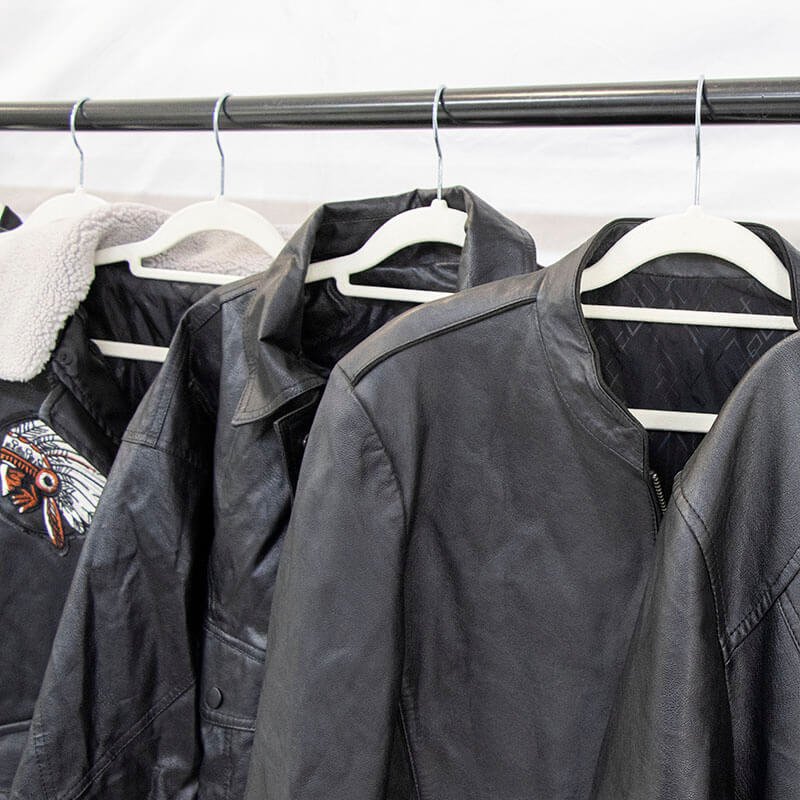Introduction
The fashion industry is experiencing a seismic shift as more consumers turn to second hand clothing as a sustainable and cost-effective alternative. This article explores the surging popularity of second-hand clothing and its implications for the fashion market.

The Growth Trend of Second Hand Clothing Market
In recent years, the second hand clothing market has witnessed exponential growth. According to statistical data and trend analysis, the market for pre-owned garments has expanded rapidly, driven by several key factors. One significant factor contributing to this growth is the increasing environmental awareness among consumers. With concerns about the environmental impact of fast fashion, many individuals are seeking more sustainable alternatives, and second hand clothing presents a viable solution.
Moreover, the allure of cost savings has also propelled the popularity of second hand clothing. In an era where economic uncertainty prevails, consumers are increasingly mindful of their spending habits. Second hand clothing offers a budget-friendly option without compromising on style.
The influence of social media cannot be understated in driving the growth of the second hand clothing market. Platforms like Instagram and TikTok have played a pivotal role in popularizing thrift shopping and showcasing the creativity of outfit styling with pre-loved pieces.

The Popularity of Second Hand Clothing
The surge in demand for second hand clothing is evident across various demographics. Younger consumers, in particular, are leading the charge towards sustainable fashion practices. With an emphasis on individuality and self-expression, many millennials and Gen Zs are turning to thrifted clothing to curate unique looks that stand out from mainstream fashion trends.
Furthermore, the appeal of second hand clothing extends beyond mere thriftiness. For many consumers, it represents a conscious choice to support ethical fashion practices and reduce their carbon footprint. By embracing pre-owned garments, individuals can contribute to the circular economy and minimize textile waste.
Recognizing the growing demand for sustainable fashion options, numerous brands and retailers have entered the second hand clothing market. From established fashion houses to niche boutique stores, there is a proliferation of offerings catering to the discerning tastes of eco-conscious consumers. Additionally, the rise of online platforms dedicated to second hand clothing sales has made it easier than ever for consumers to access a wide array of pre-loved fashion items.

Future Outlook of the Second Hand Clothing Market
Looking ahead, the future of the second hand clothing market appears promising yet complex. While opportunities for growth abound, there are also challenges that must be addressed. Market competition is intensifying as more players enter the fray, leading to questions about brand differentiation and market positioning.
Quality and selection are other considerations that may impact the trajectory of the second hand clothing market. As consumers become more discerning, ensuring the quality and authenticity of pre-owned garments will be paramount. Likewise, offering a diverse range of styles and sizes will be essential to catering to the diverse preferences of consumers.
However, amidst these challenges, the importance of sustainability in fashion cannot be overstated. The rise of the second hand clothing market underscores a broader shift towards more sustainable and ethical consumption practices. By embracing pre-owned fashion, consumers can contribute to a more circular economy and mitigate the environmental impact of the fashion industry.

Conclusion
In conclusion, the popularity of second hand clothing continues to soar as consumers seek sustainable and budget-friendly fashion alternatives. The growth of the second hand clothing market is driven by factors such as environmental awareness, cost savings, and the influence of social media. As brands and retailers adapt to meet the evolving demands of consumers, the future of the second hand clothing market looks promising, with sustainability at its core. By embracing pre-owned fashion, consumers can make a meaningful contribution to a more ethical and environmentally conscious fashion industry.
